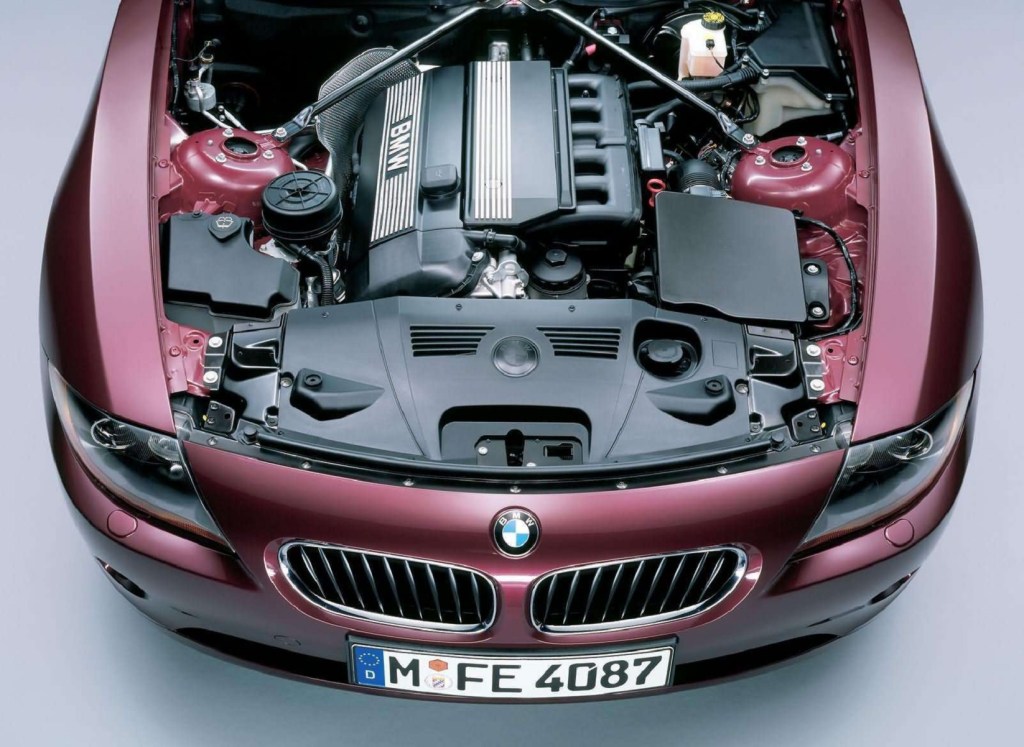Checking Out the Advancement of Combustion Engines in Modern Transport Solutions
As we browse the landscape of contemporary transportation, the evolution of burning engines stands as a testament to human resourcefulness and engineering prowess. From their humble beginnings to the sophisticated giants pushing automobiles today, combustion engines have undertaken an impressive trip of advancement and adaptation. Comprehending the details of this evolution not only clarifies the past however also paves the way for envisioning what exists ahead in the realm of transport innovation. The interplay of background, innovation, and ecological worries fit the trajectory of combustion engines develops a story that is both engaging and informative.
Very Early Beginnings of Combustion Engines
Exactly how did the idea of burning engines initial arise in the onset of transport development? The roots of combustion engines can be mapped back to the 17th century when the concepts of inner burning were initial discovered. In 1673, Christian Huygens conceptualized a standard internal combustion engine that utilized gunpowder to produce power. Nevertheless, it wasn't up until the late 19th century that practical applications of burning engines in transport began to emerge.
The breakthrough moment came with the development of the very first effective gasoline-powered engine by Karl Benz in 1885 - bmw engine. This engine led the way for the growth of the modern-day vehicle, revolutionizing transportation systems worldwide. Succeeding developments by Nikolaus Otto and Gottlieb Daimler further improved burning engine innovation, leading to the mass manufacturing of automobiles and the fast development of the transportation sector
These early combustion engines were defined by their simpleness and effectiveness, laying the foundation for the complex and effective engines utilized in modern transport systems. The advancement of burning engines has actually been critical fit the way we take a trip and transfer goods, marking a significant landmark in the history of transport development.
Change to Internal Combustion Innovation
The shift to inner burning modern technology marked a crucial change in the advancement of transport systems. This change started in the late 19th century, with inventors like Nikolaus Otto and Gottlieb Daimler establishing the very first successful internal burning engines. These engines revolutionized transport by supplying a much more efficient and powerful option to heavy steam engines and electric motors.
Among the key advantages of internal burning engines was their capacity to be scaled down to match cars, bring about the development of cars and motorbikes. This change from large, stationary engines to portable, mobile ones led the way for the contemporary transport systems we see today.
The change to inner combustion innovation also stimulated developments in fuel innovation, resulting in the growth of gasoline and diesel as main gas sources for cars. This shift not just made transport a lot more easily accessible to the masses but additionally laid the foundation for the oil and gas market to end up being essential to global economies.
Impact of Combustion Engines on Transportation
The fostering of combustion engines in transportation systems catalyzed a profound shift in the efficiency and speed of global wheelchair. Burning engines reinvented transportation by offering a trusted and versatile resource of power for numerous vehicles, including vehicles, airplanes, trucks, and ships. This technology substantially improved the capability for people and products to relocate over cross countries in much shorter timespan, leading to boosted connection in between regions and nations.
Additionally, the widespread use combustion engines has actually had a considerable influence on economic advancement. The capability to transport goods successfully has actually spurred profession and commerce, enabling companies to expand their markets and reach consumers worldwide. This has actually promoted financial growth and globalization, as items can currently be transferred much faster and in larger quantities than ever.
Nevertheless, the ecological influence of burning engines can not be ignored. The burning of nonrenewable fuel sources has brought about air pollution and greenhouse gas exhausts, adding to climate adjustment website link and posing wellness threats to populations. bmw engine. As a result, there is a growing emphasis on establishing alternative propulsion modern technologies to alleviate these adverse impacts and develop a more sustainable future for transportation
Advancements in Burning Engine Layout
Many improvements in combustion engine style have propelled the development of transportation systems over the decades. One noteworthy technology is the development of turbocharged engines, which make use of exhaust gases to drive a turbine that compresses inbound air, permitting even more fuel to be charred, leading to increased power output without a considerable boost in engine size. Furthermore, straight injection modern technology has enhanced fuel performance and efficiency by exactly controlling the quantity and timing of fuel infused into the combustion chamber. Variable valve timing systems have likewise reinvented engine style by maximizing air movement at different engine speeds, enhancing both power and performance. One more significant advancement is the combination of lightweight products such as carbon fiber and light weight aluminum alloys, decreasing overall engine weight and enhancing vehicle gas economy. Developments in computer-aided style have made it possible for engineers to maximize engine efficiency and performance with simulations prior to physical models are constructed, conserving time and resources in the growth procedure. These advancements jointly add to the continuous renovation of burning engines in modern-day transportation systems.
Future Trends in Burning Engine Development
With innovation innovations driving continual technology, the future of burning engine advancement is positioned to revolutionize transportation systems internationally. One of the essential trends in burning engine advancement is the press towards higher performance and minimized emissions.
An additional noticeable trend is the fostering of crossbreed modern technologies in combustion engines. Hybrid engines integrate standard burning innovation with electric power, supplying enhanced fuel effectiveness and lower address exhausts. As the automobile market changes towards electrification, hybrid burning engines are viewed as a transitional option that links the space in between traditional automobiles and totally electrical ones.
In addition, the assimilation of clever innovations, such as expert system and data analytics, is anticipated to play a substantial function in the future of combustion engine development. These innovations can enhance engine efficiency in real-time, resulting in a lot more efficient burning processes and enhanced overall vehicle efficiency. Accepting these future trends will certainly not just drive advancement in burning engine growth yet additionally contribute to a much more sustainable and eco-friendly transport ecological community.

Final Thought
Finally, the evolution of combustion engines in modern transport systems has actually been noted by significant innovations in modern technology and design. From the early starts of combustion engines to the shift to interior burning innovation, these engines have had a profound influence on transportation. Advancements in burning engine layout remain to drive progress in this area, with future fads focusing on more improving efficiency and decreasing exhausts. The future of burning engines in transportation looks encouraging as r & d efforts proceed to push borders.
The origins of combustion engines can be mapped back to the 17th century helpful resources when the concepts of internal combustion were first discovered. These engines transformed transport by offering a much more powerful and reliable alternative to steam engines and electrical motors.
